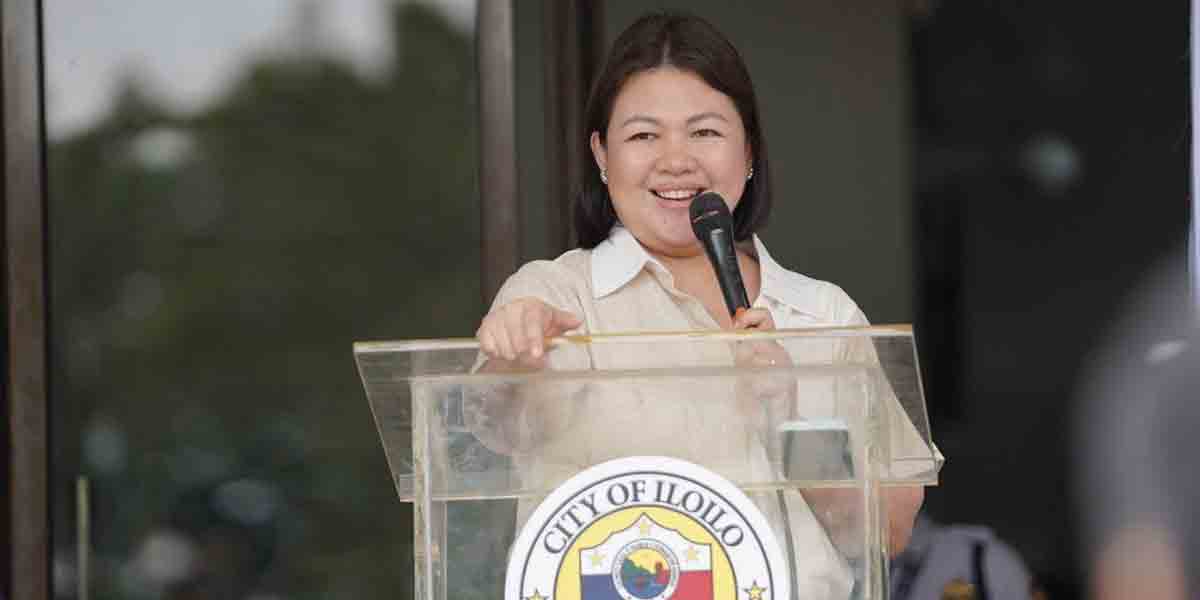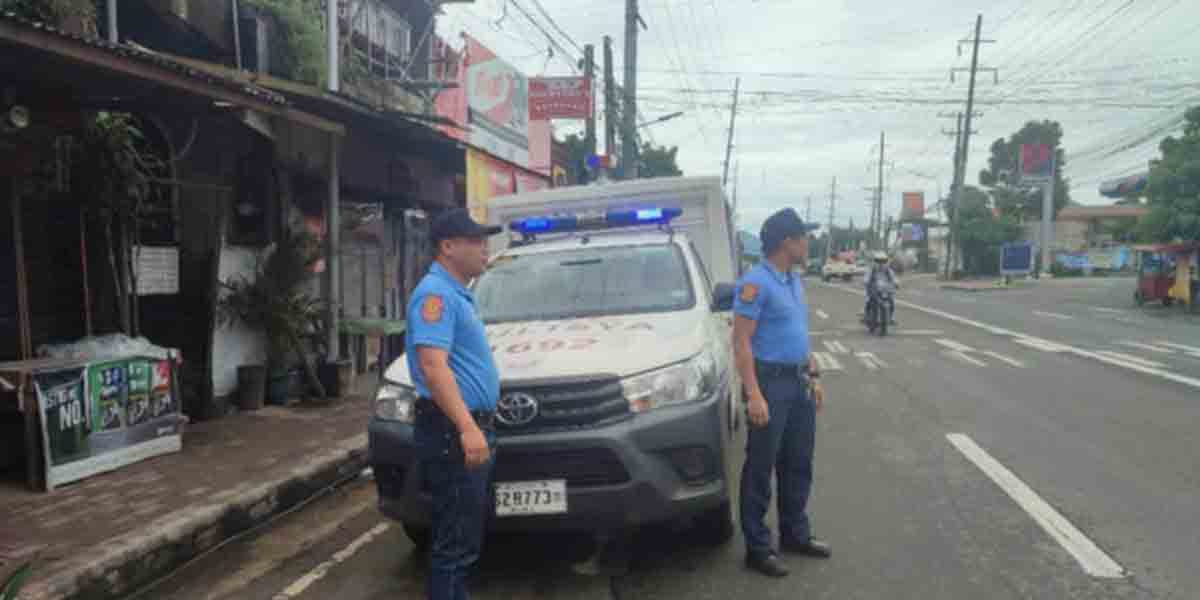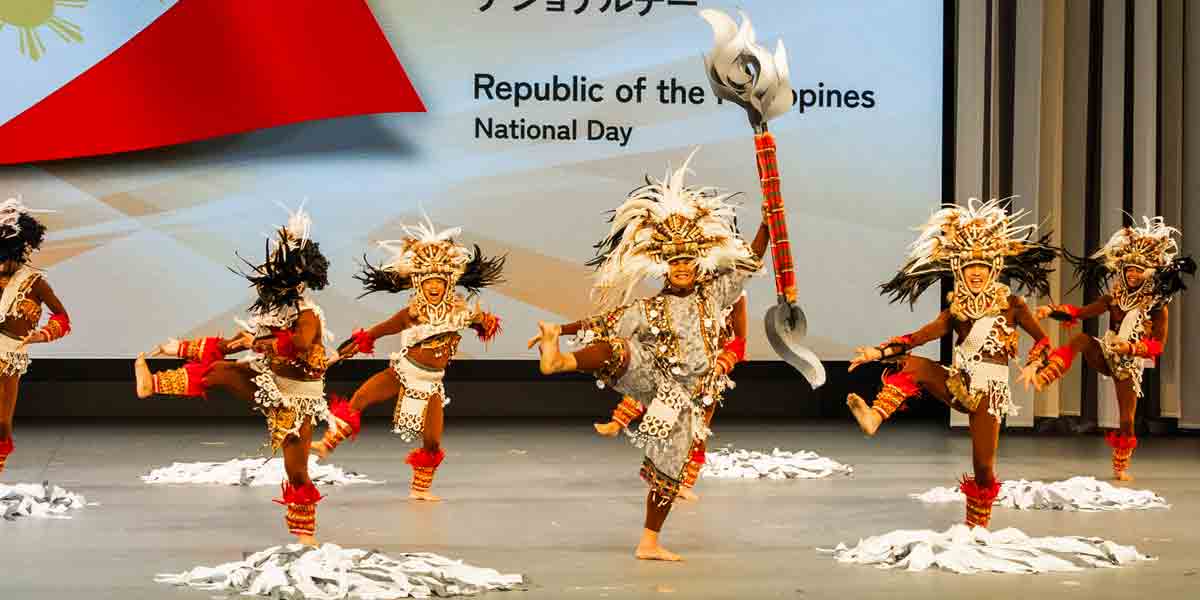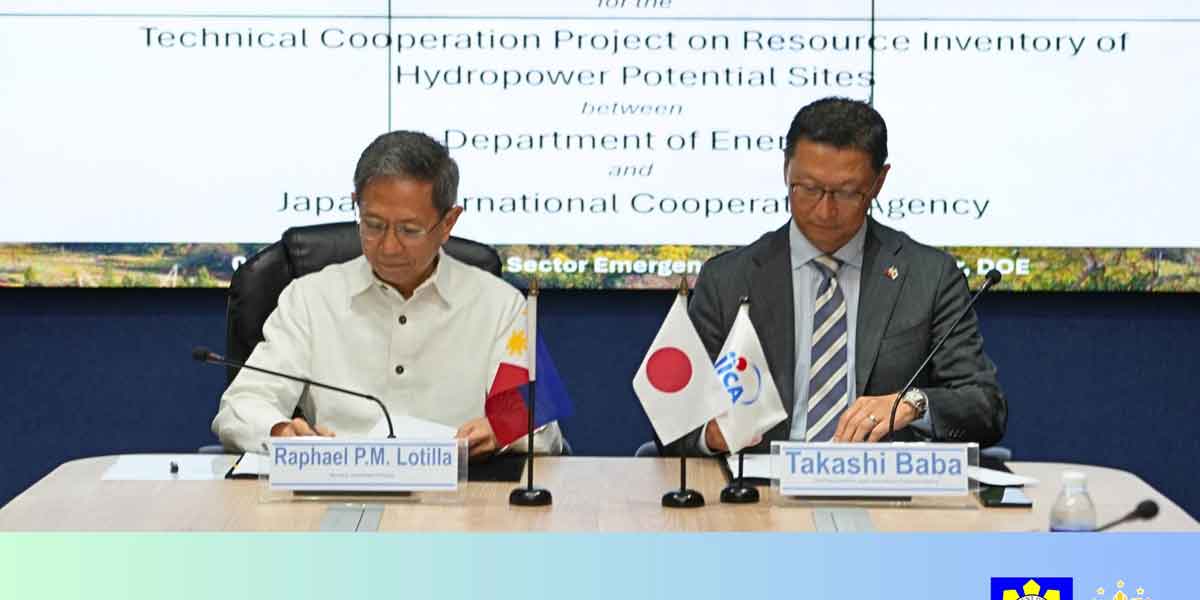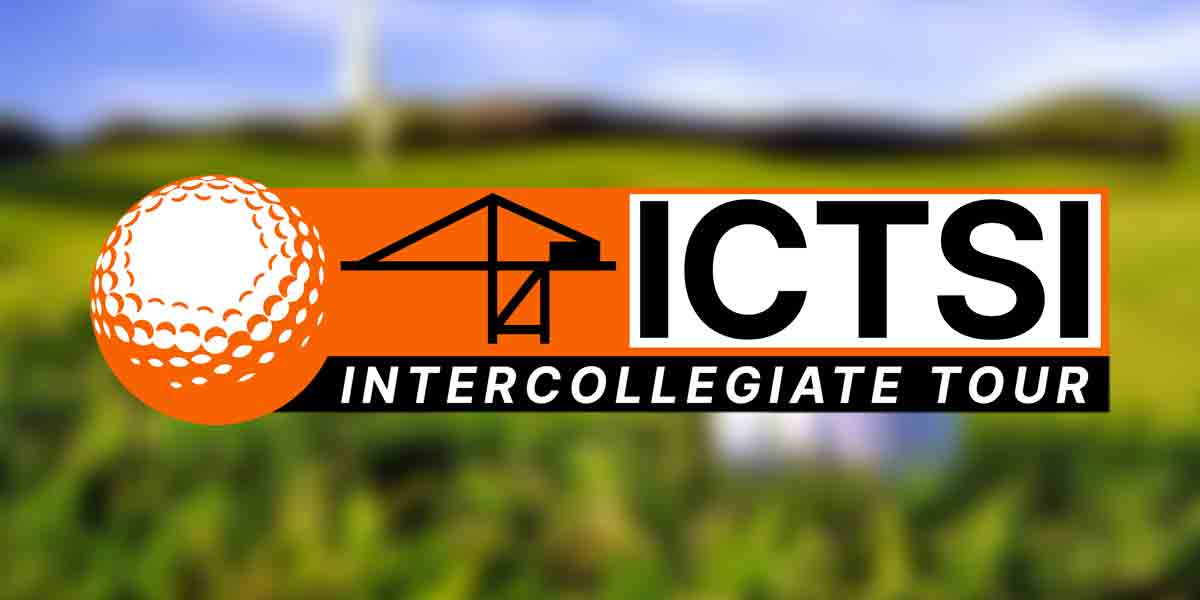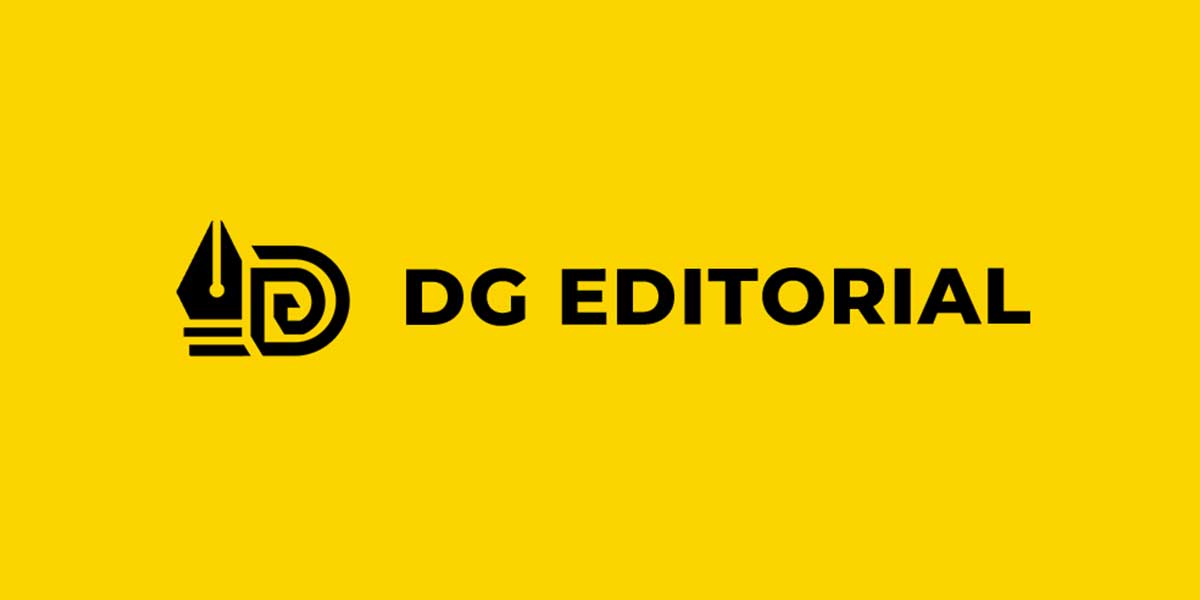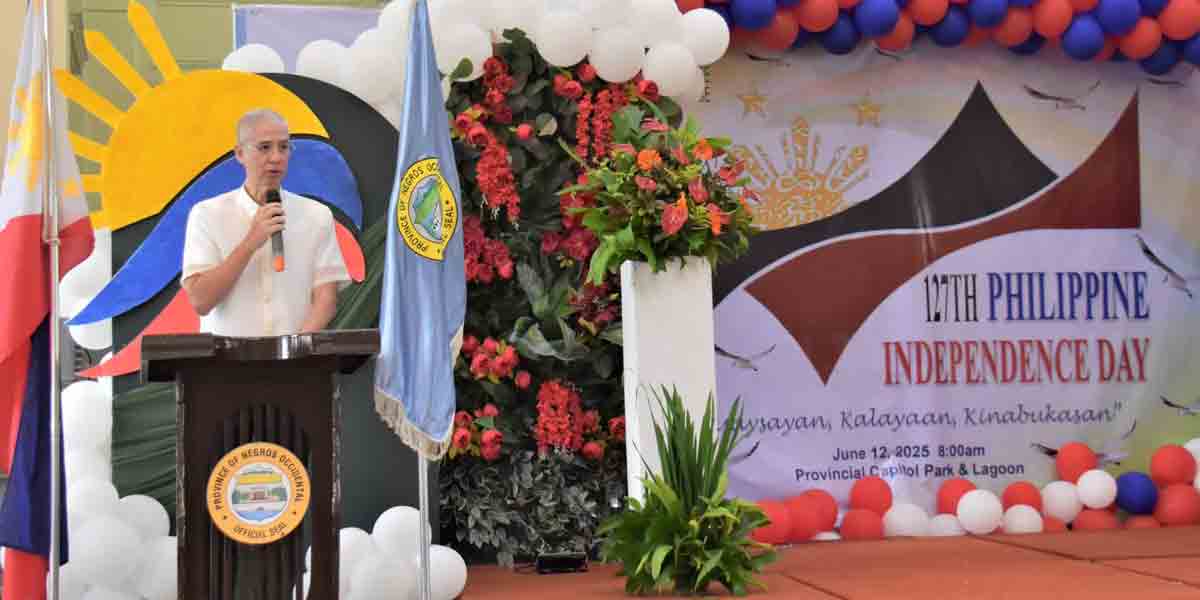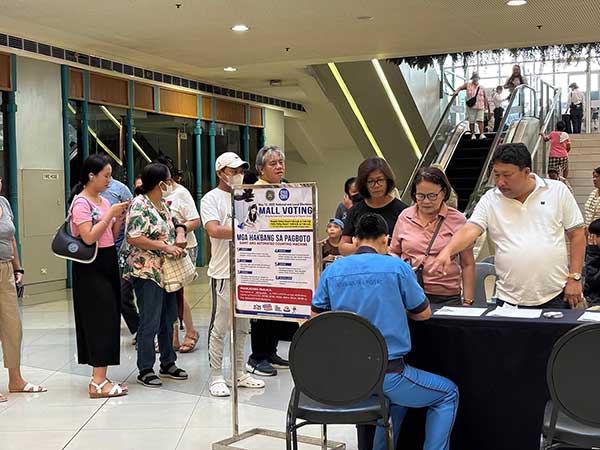
By Francis Allan L. Angelo
Filipino voters turned out in large numbers for the 2025 National and Local Midterm Elections, affirming their enduring commitment to democracy despite systemic deficiencies, electoral violence, and widespread reports of vote-buying that cast a long shadow over the process.
According to Chief Observer Marta Temido of the European Union Election Observation Mission (EU EOM), “On 12 May, Filipino voters went to the polls, demonstrating a strong commitment to democracy and civic values, despite the persistence of vote-buying, which the Commission on Elections (COMELEC) only partially addressed through regulations and initiatives.”
The EU EOM, invited by COMELEC to observe the polls, deployed 226 observers from EU member states, Canada, Norway, and Switzerland to monitor the election process across the country.
However, the Mission’s ability to conduct comprehensive oversight was curtailed after COMELEC issued last-minute instructions barring access to polling precincts—undermining guarantees set in a formal Administrative Arrangement signed on March 12.
“Disregarding prior commitments, the COMELEC’s assertions that EU observers were not allowed in the voting precincts undermined the EU EOM’s ability to observe voting procedures,” Temido added during a press conference held in Manila on May 14.
This restriction resulted in the Mission being unable to deploy its full contingent of observers as originally planned, limiting their assessment of the voting process in accordance with the EU’s well-established methodology.
While access was granted to 84 of the 92 precincts visited for vote counting, observers were denied entry in eight, and delays in result transmissions further eroded confidence.
“During election night, confidence in the process was affected by delays in availability of the transmitted results via the so-called transparency servers,” noted the EOM’s report.
CLANS, INTERESTS
The 2025 elections were held amid a political backdrop dominated by dynastic families and entrenched interests. Two-thirds of Senate candidacies and 20 out of 635 House candidacies were rejected by COMELEC based on discretionary powers that critics say are not fully aligned with international standards on the right to stand for election.
The lack of deadlines for resolving candidate registration disputes compounded confusion and disenfranchised potential candidates whose cases remained unresolved as ballots had already been printed in January.
Violence, especially in local races, was another pervasive feature. At least 30 people, including candidates and election officials, were killed during the election period, with 10 fatalities on election day alone, mostly in the Bangsamoro Autonomous Region in Muslim Mindanao (BARMM).
“Violence during an election is utterly unacceptable, particularly when it results in the loss of dozens of lives,” said Vladimir Prebilič, Head of the European Parliament Delegation. “A democratic electoral process should never be associated with such tragic incidents.”
The Philippine National Police (PNP) reported 111 election-related incidents across the country, with COMELEC placing two BARMM municipalities under its direct control in response to escalating unrest.
A nationwide gun ban, in effect since January, did little to prevent illegal possession of firearms or intimidation on the ground.
‘BIDDING WARS’
Vote-buying remained widespread and persistent. EU observers directly witnessed cash and goods being exchanged for votes in at least five provinces, with some areas reporting so-called “bidding wars” between candidates.
Partisan distribution of ayuda (welfare payouts), including rice packs branded with President Marcos Jr.’s initials, was noted throughout the campaign period.
Despite efforts to curb these practices—including 689 official investigations and over 100 show cause orders—observers noted that campaign finance regulation remains weak, and enforcement uneven.
“Spending limits have not changed since 1991,” the EU EOM report emphasized, citing limits of PHP 3 per voter for parties and PHP 5 for independent candidates.
Women remained underrepresented in Philippine politics, constituting just 22 percent of all candidates in 2025, with only 18 percent running for Senate seats.
While the COMELEC introduced initiatives to support female participation—including education campaigns and implementation of the Safe Spaces Act—structural barriers persist, including entrenched gender norms, political dynasties, and violence against women in politics.
DIGITAL CAMPAIGN
The digital campaign landscape saw record-high activity, with over 90 million Filipinos using at least one social media account. Facebook remained the dominant platform, used by over 90 percent of adults. Monitoring revealed that threads on vote-buying generated nearly 600,000 reactions and over 100,000 comments. Some candidates gained up to 100,000 new followers per day toward the campaign’s end, raising questions about artificial engagement strategies.
Media coverage was pluralistic but skewed. State-funded media focused overwhelmingly on President Ferdinand Marcos Jr. and his administration. Major private networks such as GMA and TV5 dedicated airtime to a range of candidates, while others like SMNI showed clear favoritism toward the ruling PDP-Laban coalition. ABS-CBN, whose franchise was denied renewal in 2020, operated at reduced capacity, limiting regional diversity in coverage.
The EU also noted that campaign silence regulations were inconsistently enforced online. Ads worth PHP 9 million were still active on Facebook during the official silence period, undermining fair competition.
The country’s electoral legal framework is fragmented, with the 1985 Omnibus Election Code largely superseded by newer laws, yet never formally repealed or harmonized. This legal confusion affected key areas such as election observation rights, candidate registration, and campaign finance.
“Electoral rules are scattered across multiple laws and supplemented by numerous COMELEC resolutions,” the EU EOM report said. “This complex legal framework undermines legal certainty and transparency.”
COUNTING MACHINES
The new automated counting machines (ACMs) introduced in this election cycle performed reliably in most precincts. However, logistical delays, limited technical training, and connectivity problems during the Final Testing and Sealing procedures raised concerns about their robustness. Transparency was also questioned due to delayed publication of system certification reports.
COMELEC’s voter outreach was one of the election’s brighter points. Personalized voter information sheets were distributed nationwide for the first time, and expanded satellite registration sites made it easier for more than 69 million voters—including indigenous communities and persons with disabilities—to participate.
However, challenges persisted. Approximately 100,000 questionable changes of voter address were detected, hinting at “flying voters,” a common issue in local races. Many precincts were overcrowded, limiting access for poll watchers not affiliated with the dominant majority or minority parties.
Civil society groups such as NAMFREL, PPCRV, and LENTE continued to play a vital role in parallel counts, audits, and voter education. International observers, including the Asian Network for Free Elections (ANFREL), supplemented domestic monitoring efforts.
With the final report expected within two months, the EU EOM has vowed to continue monitoring the post-election period, including dispute adjudication and tabulation of results.
“While the elections showcased the resilience of Filipino democracy, they also revealed deeply rooted challenges that demand urgent reform,” Temido concluded.

